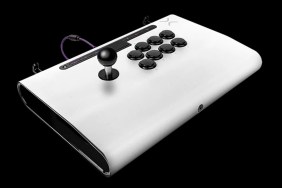Tradition Shmadition. I’m here to dance!
When Bushido Blade 2 showed up in the office, I was curious whether or not the kids over at Square had kept the ‘if it ain’t broke, don’t fix it’ credo in mind. The original Bushido Blade took the gaming world by storm with a revolutionary fighting system, not to mention the most ‘traditional’ and honest game we…
-
Solid graphics
-
POV Mode!
-
New gameplay ideas
-
Missing some good ideas from original
-
Less traditional










